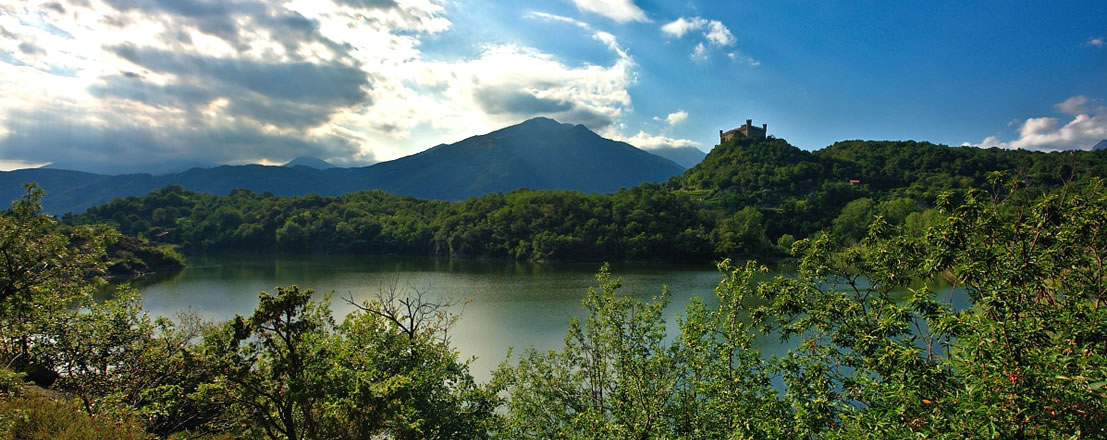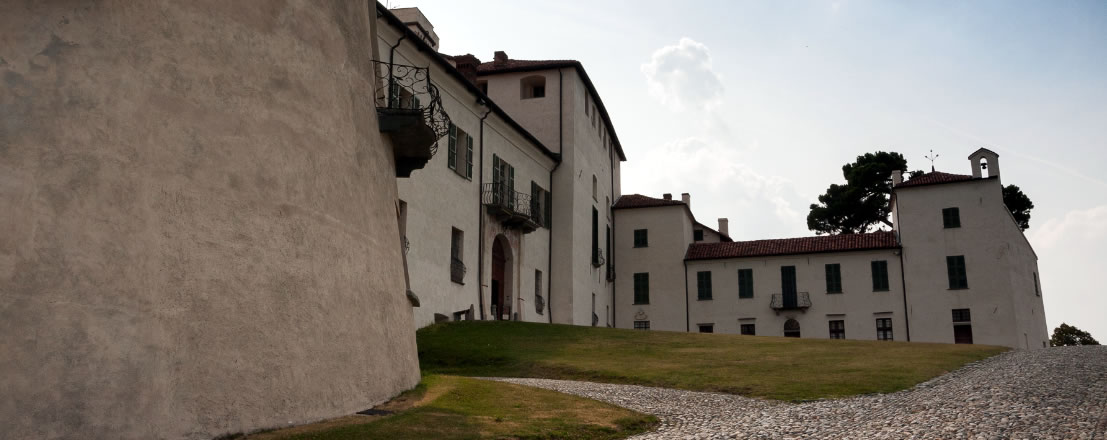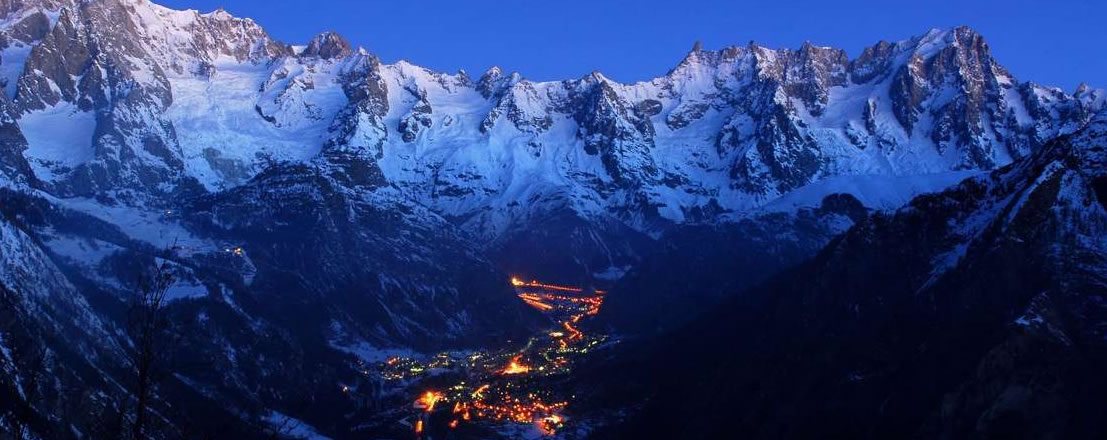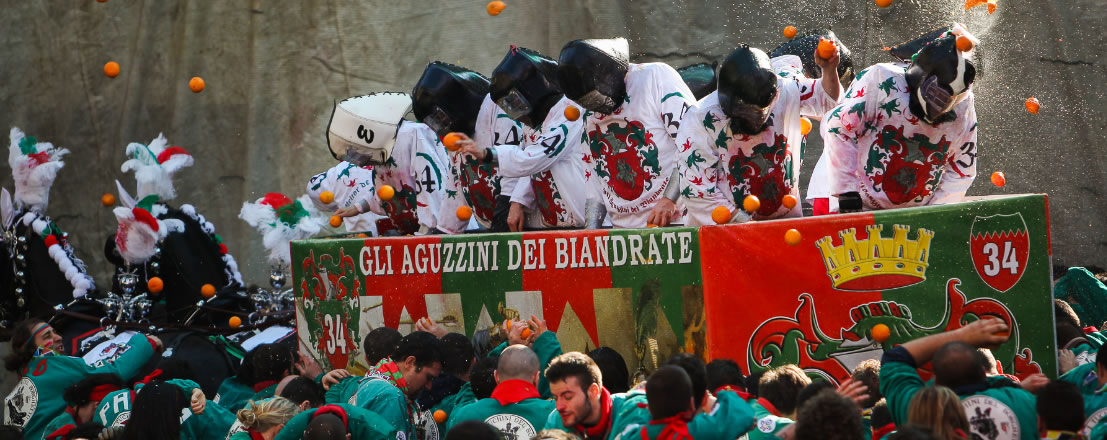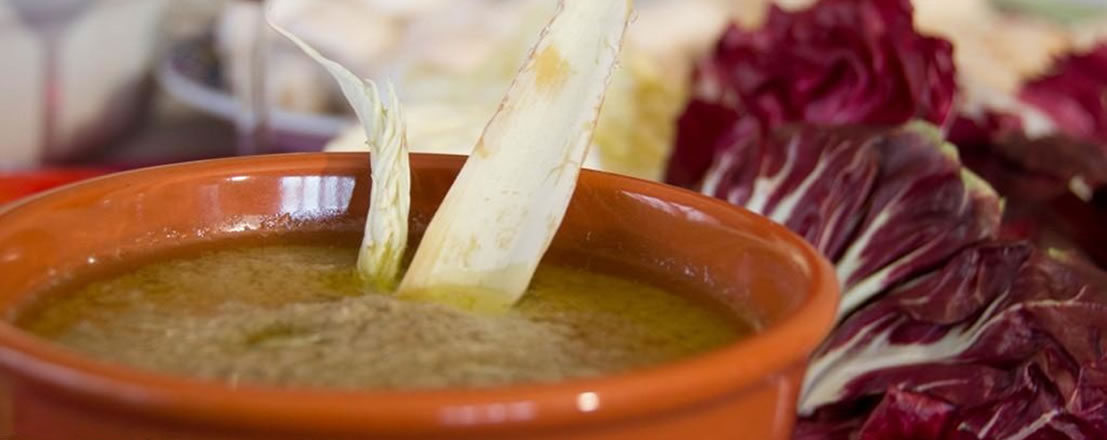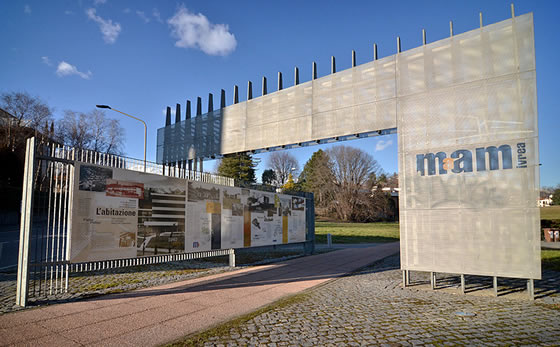EXPLORE IVREA
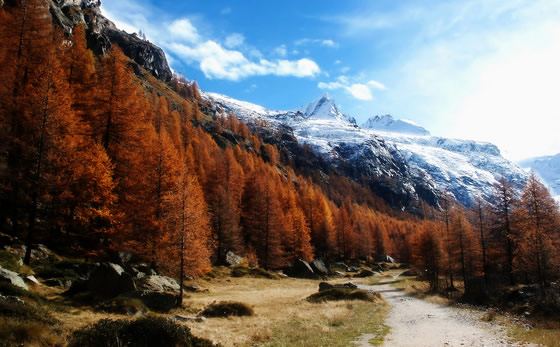
Ivrea is in a beautiful natural setting, right in the heart of the Canavese, an area of Piedmont with a wide selection of cultural trails and food and wine routes. A holiday in Ivrea provides an excellent opportunity to explore the natural beauty of the Gran Paradiso National Park.
The area also contains many fortresses, mediaeval castles and historic villages, all fascinating to visit.
But before embarking on any excursions, we recommend you explore the historic centre of Ivrea, dating back to Roman times and perched on a hillside by the banks of the Dora Baltea River.
Visitors can choose to follow various themed trails, ranging from history to archaeology and from environmental matters to religion. The main buildings to visit are Ivrea Cathedral, and the Church of di San Nicola da Tolentino, while in Via Varmondo Arborio you will come to the Seminary, in whose courtyard you can admire a mosaic pavement from the Cathedral. Behind here is the majestic Castle of the three towers.
Situated amongst the Olivetti works is the Church of San Bernardino, alongside a historic convent. The Church contains a wonderful cycle of frescoes depicting the Life and Passion of Christ.
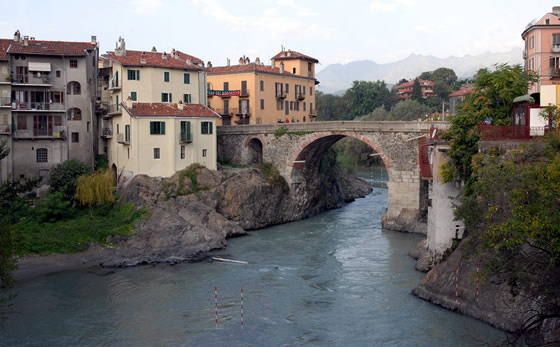
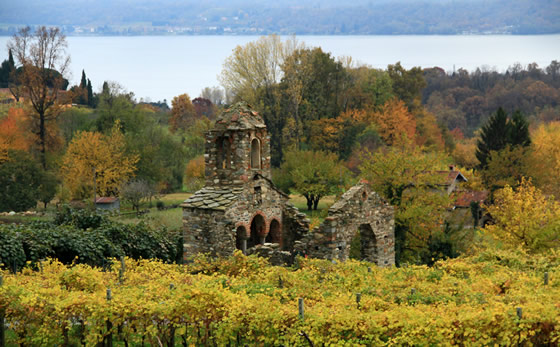
The Via Francigena
From mediaeval times, the Via Francigena was used by pilgrims travelling from central northern Europe to Rome, the heart of Christianity.
However, the name “Francigena” is not only indicative of a pilgrims’ way, for the road was also used by merchants, armies, and men of politics and culture. It was a connecting road which enabled the exchange of goods and ideas, promoting cohesion in European culture between the 10th and 13th centuries. For this reason, the Via Francigena has been designated a “Great European Cultural Itinerary”.
The Castle of Ivrea
The Castle of Ivrea was built in 1358 by Count Amadeus VI of Savoy, the “Green Count”. It became a stylish residence for the Savoy family, embellished with tapestries, carpets, silver and precious silks.
During the 16th century, the castle was gradually transformed from a splendid residence to a military stronghold, and finally to a prison, in the 18th century.
Nowadays, certain sections of the castle are open to visitors: the ground floor, the courtyard and some rooms which were turned into prison cells.
Advance booking is required to visit the castle.
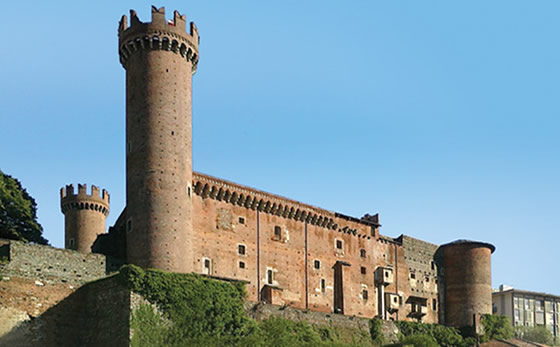
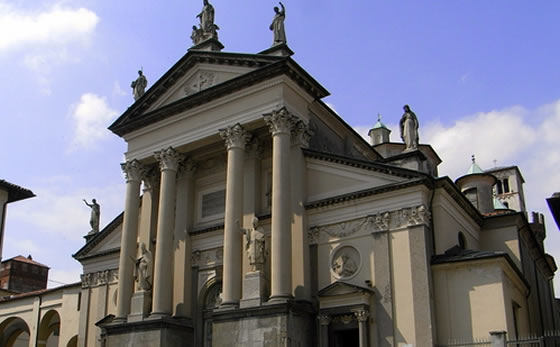
The Cathedral
Ivrea Cathedral is situated in the upper part of the town, near the castle and the bishop’s palace. The edifice we see today is the result of various interventions to rebuild and enlarge the original Romanesque church.
Indeed, the old Romanesque building was largely demolished from 1785 onwards, to make room for a new Baroque cathedral.
The last major transformation occurred in 1854, when the Baroque facade was replaced by the present one, in the neo-classical style.
Church of San Bernardino
This church and convent in Ivrea were dedicated to St. Bernardino of Siena in recognition of the work of the saint during his stay in subduing the discord between various opposing factions in the town.
The convent suffered a number of devastating blows over the years, until purchased and restored by the engineer, Olivetti. Nowadays, the church can be visited on two Sundays a month (May to October), or else by appointment.
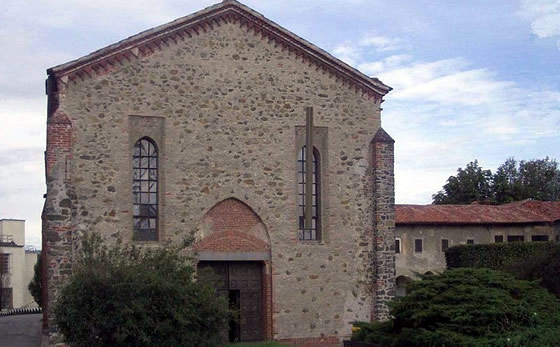
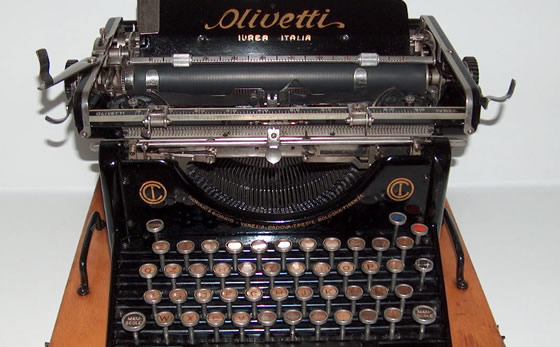
The Olivetti factory
In 1908, Camillo Olivetti built the engineering works of Ing. C. Olivetti & C. S.p.A. in Ivrea: the “first Italian typewriter company”. The first typewriter produced was the M1 model, presented at the Universal Exhibition in Turin in 1911.
During the 1950s, Olivetti was a leader in developing mechanical devices for the office. At the end of the decade, it started investing in electronic technology and launched the Elea 9003, the first Italian-made electronic calculator.
During the 1990s, faced with the crisis in Italian IT development, Olivetti entered the telecommunications field. So, in 1995, Omnitel came into operation and Infostrada was established.
The Maam Museum
The Maam Museum, opened in 2001, involves a pedestrian trail of about two kilometres, including Via Jervis and neighbouring areas. It is here that visitors can see the buildings which most closely represent the culture of the Olivetti company, together with seven information points which explain the various themes. They cover different aspects of the important role played by Olivetti in the fields of architecture, urban planning, industrial design and advertising graphics.
THE CARNIVAL OF IVREA
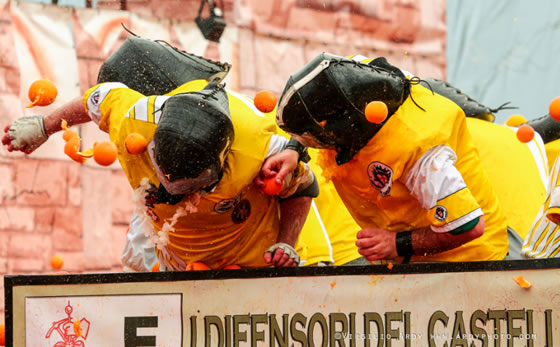
An Italian event with an international reputation and historical appeal, which can lay claim to authentic origins and a firm basis in local tradition.
The carnival is inspired by memories of the time when Ivrea was liberated from tyranny. In mediaeval times, the Baron who had been starving the town was finally driven out, thanks to the courage of the miller’s daughter who inspired a popular revolt; represented today in the Battle of the Oranges.
A number of set characters take part in this great open-air re-enactment: the charming Mugnaia (miller’s daughter), the brave General, the firm Assistant Grand Chancellor,the prestigious Podestà (Chief Magistrate), the smiling Abbà, and the joyful, disorderly aranceri (orange throwers). We must also mention the “Pifferi e Tamburi” (Fifes and Drums), an essential ingredient in this festive event.
